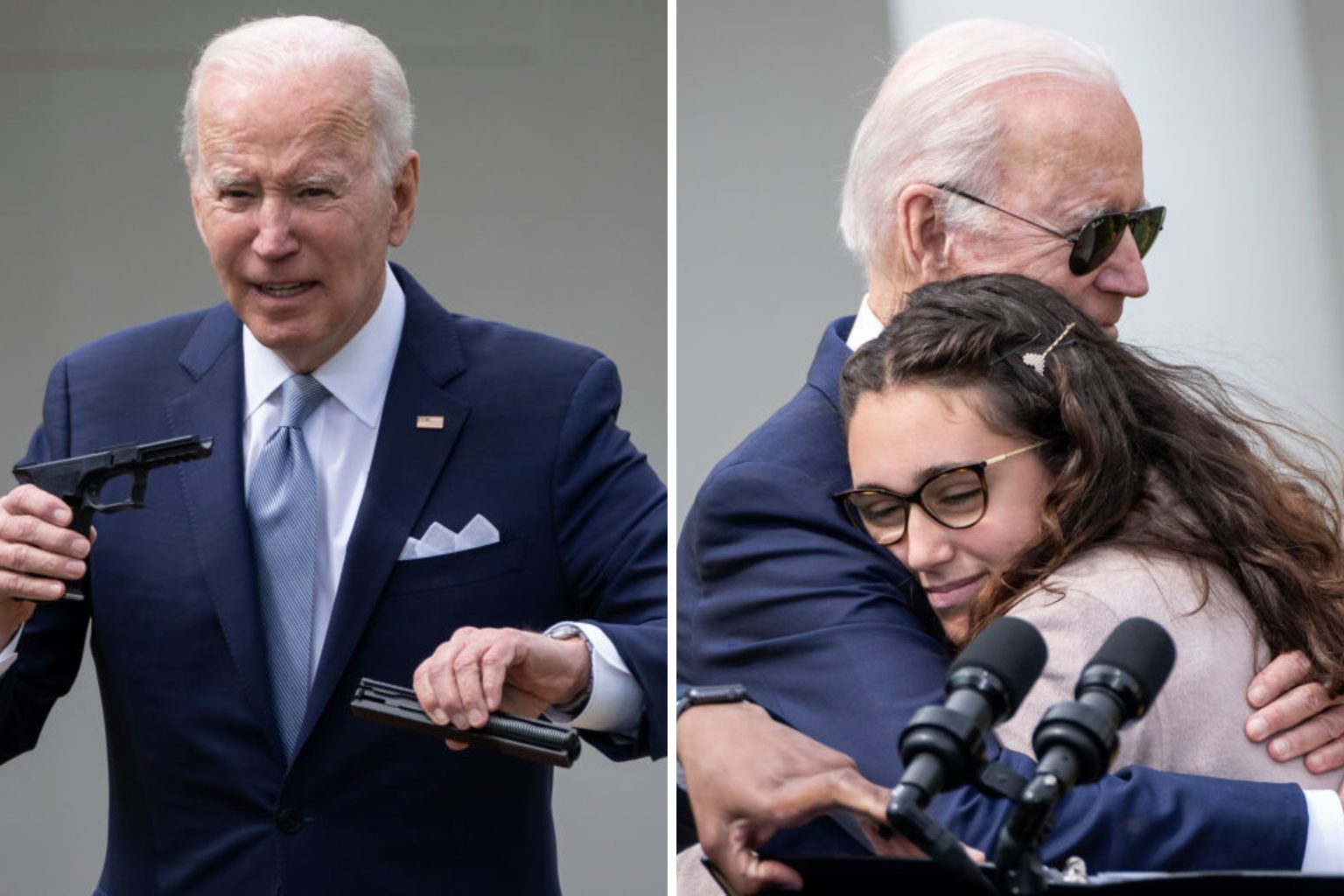The efficacy of new state gun safety laws enacted in 2025 is a subject of intense debate among experts. While some believe these measures can contribute to reducing gun violence, others argue that they fail to address the root causes and may even be counterproductive. States like California, Illinois, Washington, and Colorado have implemented various restrictions, including bans on concealed carry in certain locations, prohibitions on specific semi-automatic weapons, mandatory waiting periods, and safety training requirements. These measures aim to limit access to firearms and promote responsible ownership, but their impact remains uncertain.
One perspective suggests that focusing solely on gun control measures may not significantly reduce overall violence. Dr. Jihoon Kim argues that while restricting access to certain firearms might decrease casualties in some mass shootings, determined individuals may resort to alternative methods of violence. Therefore, he emphasizes the need to address the underlying causes of violence rather than simply shifting its form. This perspective highlights the complex nature of violence and suggests that a multifaceted approach is necessary for effective prevention. Simply limiting access to firearms, some argue, is akin to treating a symptom rather than the disease.
Conversely, some experts point to a correlation between stricter gun laws and lower rates of gun violence. Dr. David Rosenbloom notes that states with stronger gun safety laws tend to have lower gun violence death rates. He supports measures such as bans on assault weapons, restrictions on open carry, universal background checks, waiting periods, and extreme risk protection orders as effective tools for reducing gun violence. This perspective emphasizes the importance of evidence-based policies and suggests that stricter regulations can play a significant role in creating safer communities.
Another viewpoint emphasizes the importance of responsible gun ownership and community safety. Dr. Matthew Valasik acknowledges the difficulty of predicting the effectiveness of specific laws in deterring determined offenders. However, he believes that initiatives promoting accountability and responsible gun use can benefit communities. He suggests that as long as new laws are constitutional, they are worth exploring as potential solutions to gun violence. This perspective focuses on the practical application of regulations and the potential for positive impact on local communities.
A contrasting argument suggests that current gun control measures fail to address the leading causes of gun deaths, namely suicide and gang violence. Dr. Grant Reeher points out that the majority of gun deaths are suicides, which are not directly addressed by restrictions on firearm types or access. He further argues that many homicides involve individuals with prior criminal records, often associated with gangs, and that these incidents are concentrated in impoverished areas. He advocates for investments in mental health interventions and socioeconomic programs in high-risk communities as more effective solutions. This perspective highlights the limitations of current gun control measures and calls for a more comprehensive approach to violence prevention.
Finally, some experts argue that stricter gun laws disproportionately affect law-abiding citizens while failing to address the core issue of illegal firearms. Dr. Susan Dewey, citing her research on gun violence, asserts that crimes committed with guns typically involve illegally obtained firearms. She argues that stricter regulations primarily impact law-abiding gun owners and do not effectively curb the flow of illegal weapons. This perspective raises concerns about the potential infringement on the rights of responsible gun owners and calls for a focus on addressing the illegal firearms market.
The debate surrounding the effectiveness of new state gun laws highlights the complexity of the gun violence issue. While stricter regulations may offer some benefits in terms of reducing access to firearms and promoting responsible ownership, they may not fully address the underlying causes of violence. Experts offer diverse perspectives on the potential impact of these laws, emphasizing the need for a comprehensive approach that considers factors such as mental health, socioeconomic conditions, and the illegal firearms market. Ultimately, finding effective solutions requires a nuanced understanding of the multifaceted nature of gun violence and a willingness to explore a range of interventions beyond simple restrictions on firearms.

